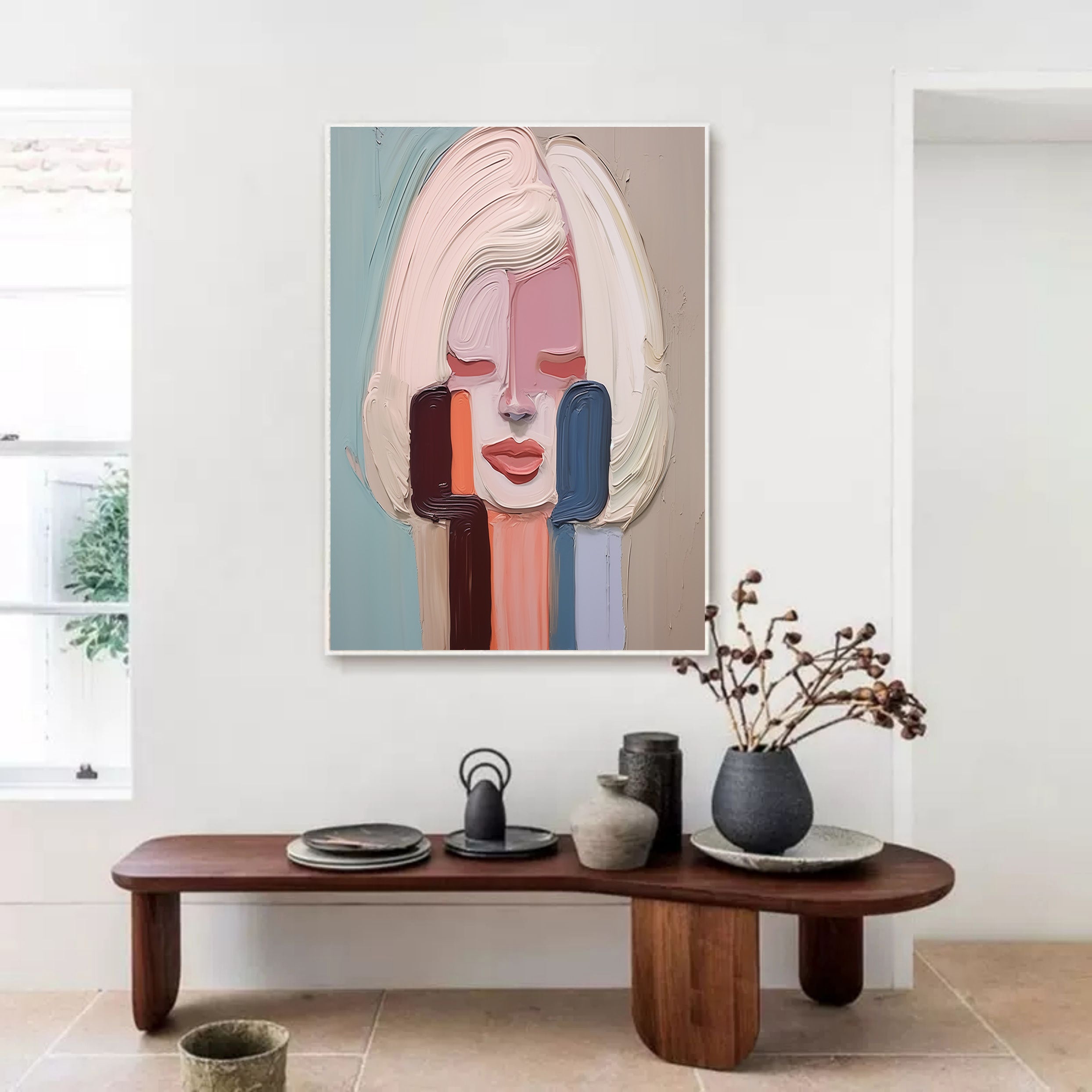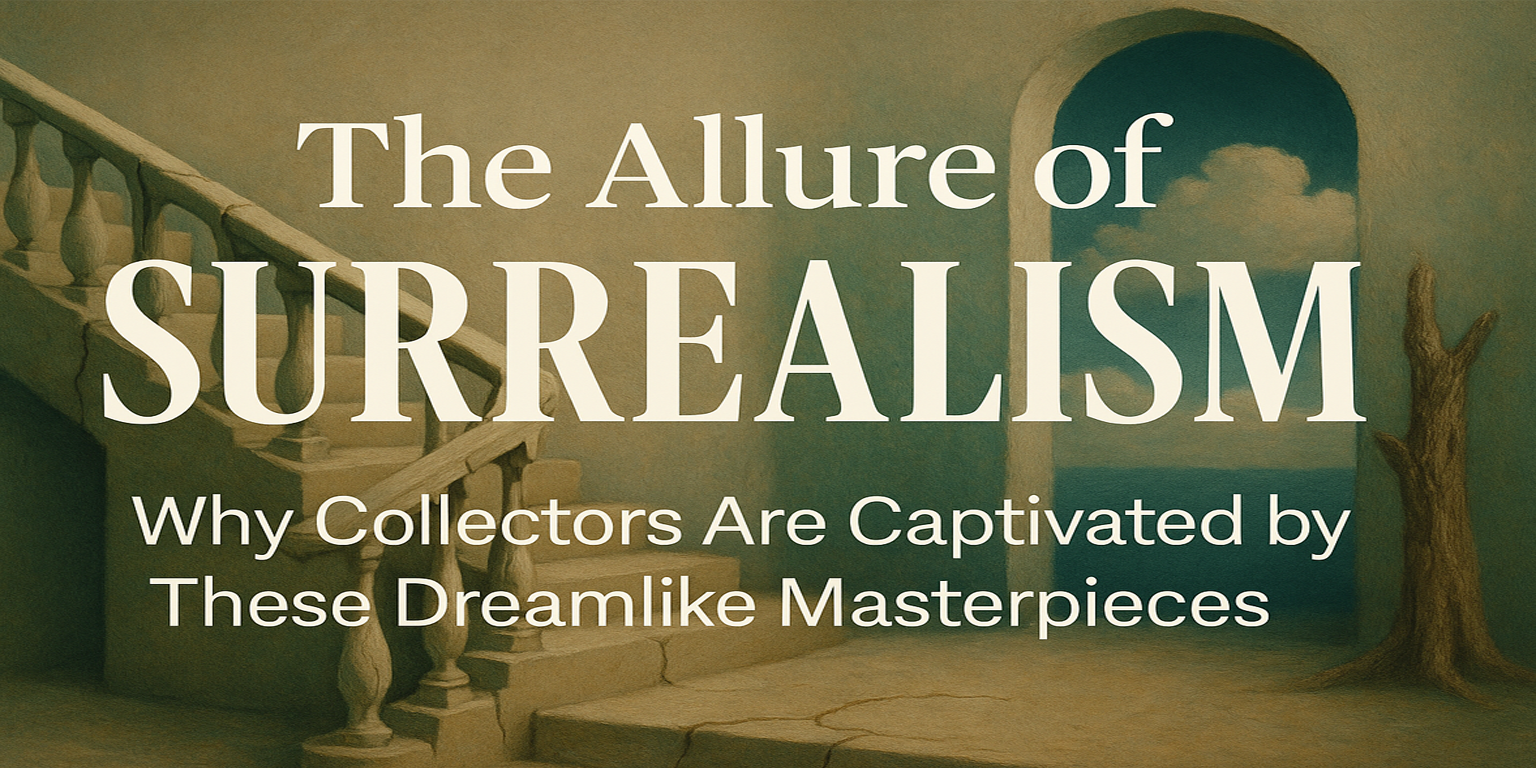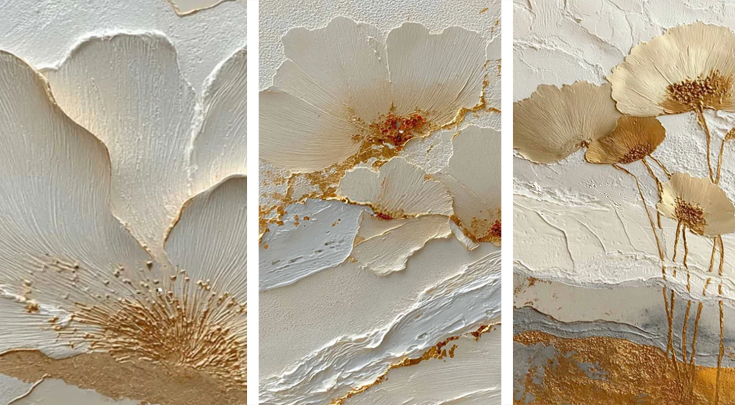In a world driven by logic and speed, surrealism offers a pause. Born from the chaos of post-war Europe and rooted in Freudian psychology, surrealism is more than a style — it's a language of the subconscious. One hundred years later, its allure has not faded. Collectors are turning to these dreamlike masterpieces not just for aesthetic pleasure, but for emotional depth, cultural resonance, and even cognitive wellness.

The Emotional Pull: Art That Speaks to the Subconscious
Inspired by dream analysis and the unconscious mind, surrealist artworks tap into primal emotions. From Dalí’s melting clocks to Magritte’s cerebral puzzles, these pieces suspend the viewer between reality and fantasy. As Magritte once said, “The mind loves the unknown. It loves images whose meaning is unknown.” It’s this emotional ambiguity that collectors find irresistible — artworks that whisper rather than shout, that raise questions rather than offer answers.

Historic and Cultural Rebellion
Launched by André Breton’s 1924 Surrealist Manifesto, the movement was a rejection of post-war rationalism and bourgeois conformity. Surrealism sought to free thought from logic and morality, using automatic drawing, free association, and dream-inspired imagery. This spirit of rebellion continues to attract collectors who value not only artistic innovation but cultural disruption. Dalí’s collaboration with fashion designer Elsa Schiaparelli and the literary experimentation of Breton expanded surrealism into a cultural revolution, not just an art movement.

Icons and Their Masterworks
-
Salvador Dalí — The Persistence of Memory (1931): Fluid time, irrational dream logic
-
René Magritte — The Son of Man (1964): Hidden identity, visual riddles
-
Max Ernst — Europe After the Rain (1942): Frottage textures, eerie landscapes
-
Frida Kahlo — The Wounded Deer (1946): Personal pain, cultural symbolism
Each work serves as a mirror to the mind — evoking subconscious fears, desires, and questions that collectors find deeply personal and valuable.

A Collector’s Statement Piece
To own a surrealist work is to own a fragment of rebellion, a token of imagination. It’s a declaration: that reason isn’t the only truth, and that beauty can be strange. Dalí said it best: “Surrealism is destructive, but it destroys only what it considers to be shackles limiting our vision.” This visionary spirit makes surrealist art a collector’s crown jewel — rich in meaning, history, and timeless allure.

Performance at Auction
In recent years, surrealist art has seen a sharp rise in market value. Magritte’s L’Empire des Lumières fetched $121.2 million at Christie’s in 2024, setting a new benchmark. Works by women surrealists like Leonora Carrington and Frida Kahlo are also gaining prominence, reflecting a broader shift toward inclusive collecting. These trends underscore that surrealism is not just desirable — it’s future-proof.

Contemporary Relevance: From Trading Floors to Meditation Spaces
Surrealism’s return is not just in galleries but also in architecture and workplace design. At Goldman Sachs Singapore, a surrealist tactile wall installation reportedly reduced decision fatigue and error rates by 18%. Designers and neuroscientists alike recognize the value of surreal textures — cracked plaster, glimmering resin, disorienting perspective — as tools for grounding and mindfulness.

Scientific Insight: The Brain on Surrealism
Scientific studies from Drexel University reveal that surreal imagery activates the brain’s insular cortex, the hub for emotional regulation and bodily awareness. This connection gives collectors a new reason to embrace surrealist art — it’s good for the brain.

Cross-Cultural Echoes: Zen and the Surreal
Surrealism’s appreciation of paradox and stillness mirrors Zen aesthetics. Both traditions dismantle logic to arrive at clarity. Just as a Zen kōan resists interpretation, a Magritte painting resists literalism. This resonance makes surrealist works feel simultaneously foreign and familiar, spiritual yet grounded.

Conclusion: The Practical Power of the Unreal
Surrealist art offers more than aesthetic pleasure. It’s a visual philosophy, a psychological companion, and a collector’s gem. In a century of change, surrealism still dares to ask: what lies beneath the surface of reality? Whether you seek emotional depth, cultural edge, or cognitive enrichment, surrealist art continues to deliver — boldly, dreamily, and defiantly.














